One of the big advantages of currency trading is the Forex trading schedule, which allows anyone from any country to start trading Forex and combine it with any other activity, such as their regular job.
The Forex market is a market with a continuous operating schedule from Sunday to Friday. It opens on Sunday at 22:00 (GMT) and closes on Friday at 21:00 (GMT). These trading hours are divided into three main Forex trading time sessions: Asian (Tokyo), European (London), and North American (New York). During the specified hours, you can perform all those operations that you consider appropriate, however, trading volumes and opportunities are not always the same, but rather at a certain time of day, coinciding with the participation of most investors around the world, which we will discuss in detail below.
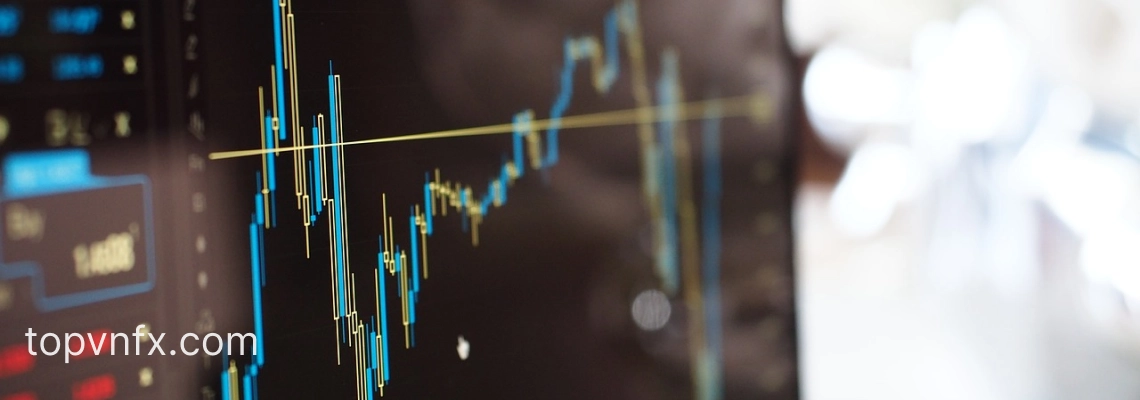

Trading sessions Forex market and their meaning for traders
Forex market hours are the hours when forex traders can buy, sell and speculate in currencies. One of the most interesting aspects of forex trading is that it can be practiced 24 hours a day, Sunday through Friday. These trading hours can be more easily understood by dividing the trading day into three main trading sessions in Forex:
- Asian (Tokyo);
- European (London);
- North American (New York) Sessions.
Traders and investors can enjoy forex trading anytime as these sessions span multiple time zones. It makes sense to choose trading times that suit your strategy and the currencies you want to trade. Let’s look at the features of Forex trading sessions that you should know about.

Basic Concepts of Forex Trading Sessions
The best time to invest in Forex is associated with market sessions in Europe, Asia and the USA:
| Live Forex trading sessions | Trading Hours (GMT) | Key Markets Include |
| Tokyo | Midnight – 6 a.m. | Japan, Russia, China, Singapore, Australia |
| London | 8 a.m. – 4 p.m. | U.K., France, Germany, other European countries |
| New York | 2 p.m. – 9 p.m. | United States, Canada, Latin American countries |
European session
London is the largest financial center in the region. Market opening hours: 8:00 to 16:40 GMT. Other active markets at this time include Frankfurt, France and Switzerland, among others. It should be noted that this is a session of high liquidity in the market as Asian markets close and trading days begin in Europe.
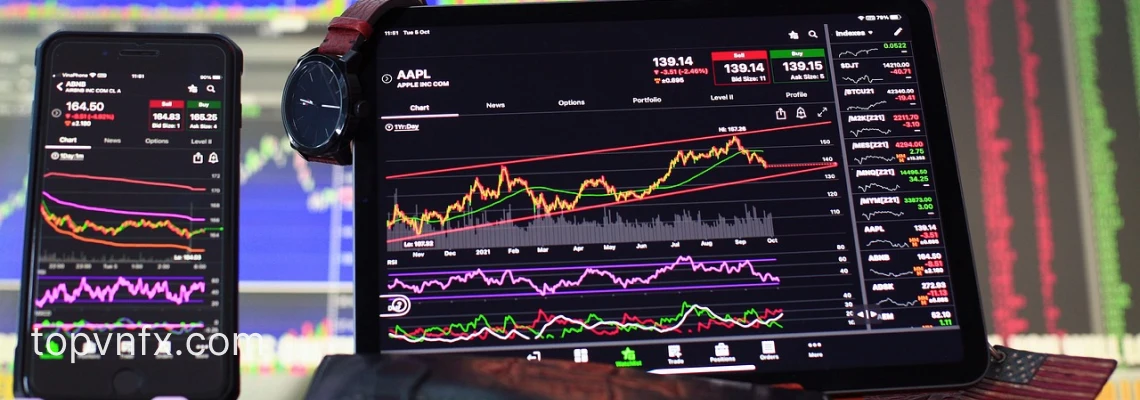
Asian session
The Asia session includes the Tokyo market and other stock markets that also have a significant impact on Forex trading, such as Hong Kong, Singapore, Australia, Russia, China and New Zealand. Opening hours of the Asian market are midnight to 6 a.m. Greenwich Mean Time (GMT).
North American session
The North American session is linked to the New York stock market and other markets that also provide liquidity, including Canada, Mexico and Brazil. The peculiarity of this session is that it overlaps with the European session, and this overlap allows you to trade during the period of greatest liquidity in the markets. US market hours are 09:30 to 16:00 EST (14:30 to 21:00 GMT).

Forex Trading Sessions: Practical Recommendations
The opening that causes the most volatility is the European session. The moments of greatest fluctuation usually occur between 30 minutes before opening and 2.5 hours after opening. The highest trading volumes coincide with the overlap between the American and European sessions.
It is generally not recommended to keep open positions over the weekend. Friday is usually a good day to close open positions during the week and thus avoid large and unexpected fluctuations over the weekend. On Sundays or holidays, trading volume is usually low, making the market more manipulated. Most traders prefer to invest in Forex, avoiding periods of declining volumes. Each Forex trading session has closely related currency pairs, and in the minutes after the opening of each session, there is a lot of volatility in these pairs. Below you will find practical recommendations for each session:
- If you are trading in the US market, you should be working with currency pairs that contain the US dollar, Canadian dollar or Mexican peso as the base currency. As for indices, for example, S&P500, NASDAQ and DOW JONES will work.
- If you are trading in the European market, you should choose currency pairs where the Euro, Pound or Swiss Franc is the main currency. If you choose stock indices, they should be European indices as that is what is currently in effect, such as the German index (DAX30).
- If you are trading in the Asian market, you should choose currency pairs that contain the Japanese Yen, Chinese Yuan or New Zealand Pound as your base currency. You can choose the Japanese stock index (NIKKEI225) as indices.

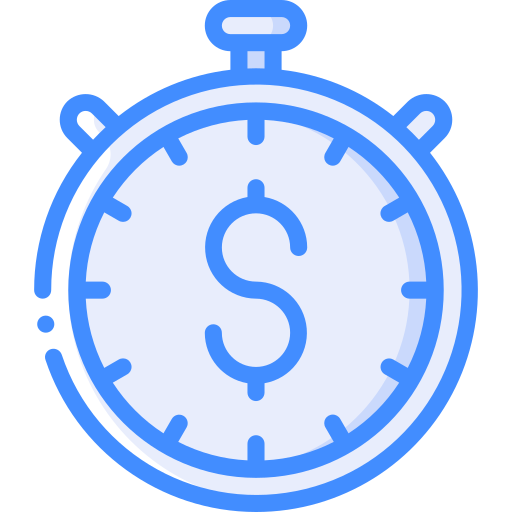
Forex Trading Sessions: Best Times for Trading
The best time to invest in Forex is from 08:00 GMT to 16:59 GMT, which coincides with a large number of traders operating in the foreign exchange market and therefore a high trading volume. This is when most of the daily transactions in the entire Forex market take place.
- The session in which by far the most money moves is the European session. From the indicated schedule, the largest number of operations is concentrated in the opening.
- Traders from all over the world manage the opening of the European session, some even change their lifestyles to attend and work during this time. The opening of the European session can concentrate 35% of the total movement of the Forex market.
- The other time frame with the highest volume in order of importance is the opening of the American session, which coincides with the close of the European session, creating another good trading volume.
- The market often seems to pause from 10:00 or 11:00 GMT, only to pick up again at 13:00 or 14:00 when the US Forex market and the New York Stock Exchange open. There may be sharp movements during the US session if there is any announcement regarding the US economy.
- The Asian session is characterized by little movement and volatility. There are usually not many opportunities available and in many cases, the market tends to correct some of what has risen or fallen during the European and American sessions.
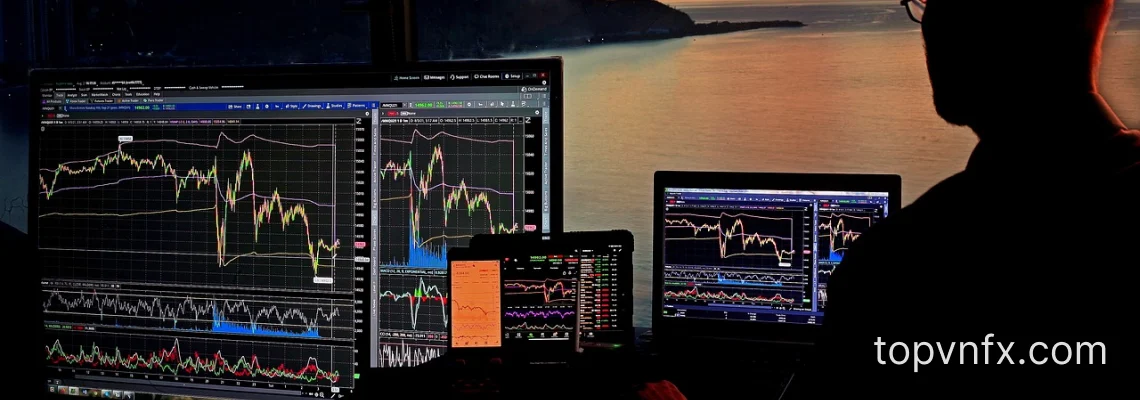
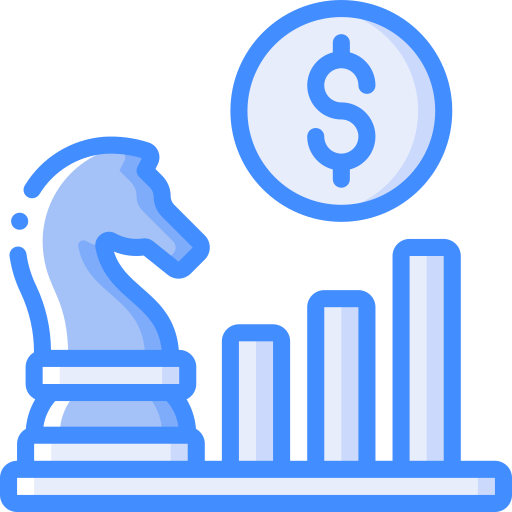
Identifying your hourly Forex strategy
The trading style and strategy you choose will also affect the forex trading schedule you work with. Most opportunities tend to come during the busiest periods when each region is open for its forex trading hours. Depending on your trading style, you may want to consider the following to determine your forex hours strategy:
- Scalpers
A scalper often finds business opportunities when the North American market opens. This is when the European session is underway, which can cause a lot of volatility in the early stages of trading in New York. Scalpers can also find success during a relatively quiet period when trading in New York is winding down and small price movements can be expected in a calmer environment.
- Day Traders
The overlap period between the European and North American sessions is also a good time for day traders. Half of all trading takes place during this time, but there is still time to carefully exit a position before the end of the day.
- Swing traders
Traders using this strategy may hold positions for days or weeks, so they don’t have the same urgency to buy and sell during the day. They also typically conduct their trading during busy periods when one or more markets are open and use the moments before and after the market opens and closes to analyze the situation.
- Position traders
Position traders are more concerned about the long-term outlook than short-term volatility. Because of this, they spend a lot of time on fundamental analysis and don’t worry too much about trading during busy periods.

FAQ
Forex market chart overlaps, especially between the European and North American sessions, usually indicate increased trading activity and volatility. This may provide more trading opportunities but also carries more risk.
Forex trading sessions are not carried out on weekends. However, some brokers may offer weekend trading on selected currency pairs or markets.
The Forex market opens during the week at 22:00 GMT starting on Sunday. This marks the start of the Asian trading session in Forex, which opens first of the week.
